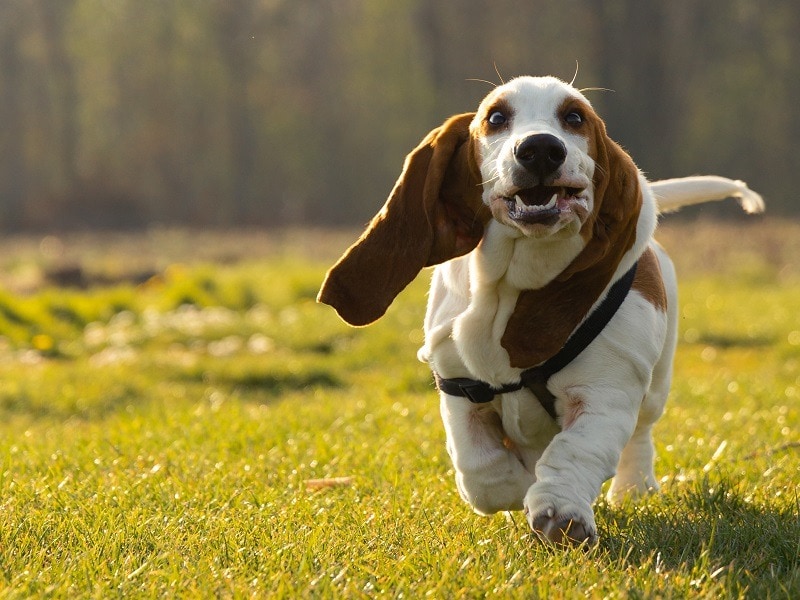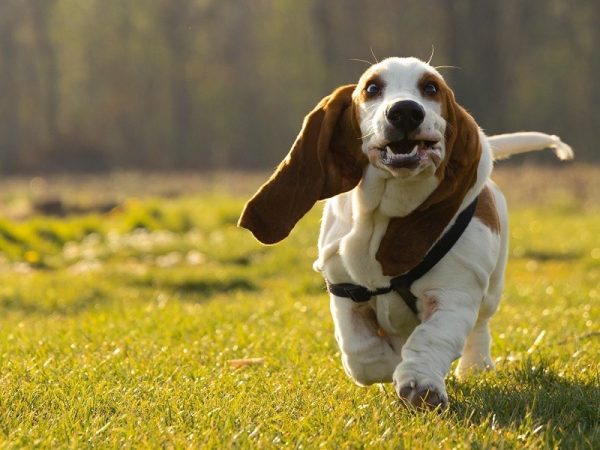Have you ever wondered why dogs chase people? It’s not just because they’re full of energy and love to play (although that might be true, too!). Often, this behavior is deeply rooted in their instincts and natural behavior patterns. Understanding these can help us better manage our furry friends and ensure their well-being. After all, if a behavior is instinctual, they’ll need help learning when it’s appropriate and when to use their manners.
Understanding Your Dog’s Chasing Behavior
Dogs engage in a variety of behaviors, some of which may seem puzzling to their human companions. One such behavior is chasing, which can be directed towards people, other animals, or objects. The reasons behind this behavior are rooted in different aspects of their instinctual behavior. Let’s delve into the six main reasons why your dog might be chasing people:
The 6 Reasons Dogs Chase People
1. Prey Drive
A throwback to their ancestral hunting instincts, many dogs possess a strong prey drive. This is an innate desire to chase after moving objects, whether it’s a ball tossed across the yard, a squirrel darting up a tree, or a person walking by. It’s not aggressive behavior per se, but rather a deeply ingrained part of a dog’s nature. This doesn’t mean that every moving object is perceived as “prey,” but rather that the act of chasing itself is intrinsically rewarding to the dog.
2. Herding Instinct
If your dog belongs to a breed that was originally bred for herding livestock, such as Border Collies or Australian Shepherds, they may display chasing behavior as part of their natural herding instincts. These dogs may attempt to “herd” people by chasing them, often accompanied by nipping at heels, circling, or barking. While this behavior is not usually intended to harm, it can be intense and disruptive, especially if the dog tries to herd small children or elderly people.
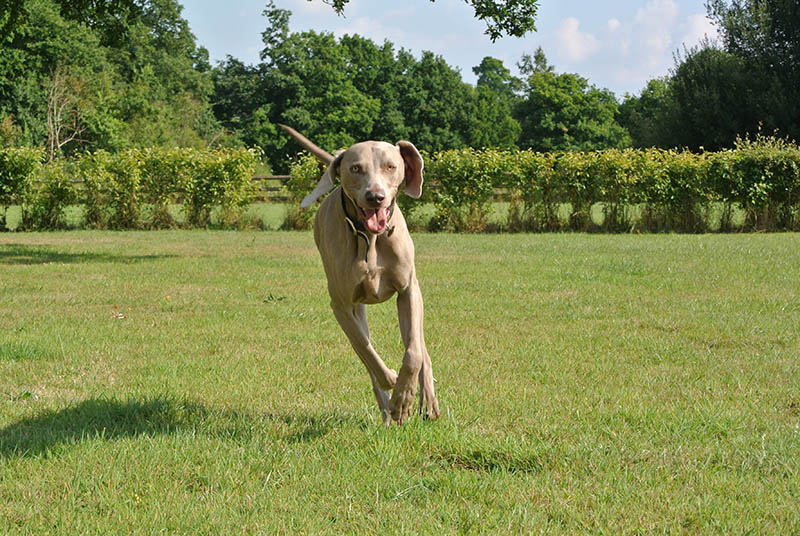
3. Territorial Behavior
Dogs are naturally territorial creatures, and they may chase people in an attempt to protect their territory. This could be their home, their yard, or any place they perceive as being theirs. If your dog exhibits signs like excessive barking, growling, or showing teeth when people approach their territory, this could be the reason behind their chasing behavior. It’s important to address this issue promptly to ensure the safety of both your dog and others.
4. Fear or Anxiety
Just like humans, dogs can experience fear and anxiety. If they feel threatened or uncomfortable, they may resort to chasing as a way to cope with their feelings. Signs of fear or anxiety in dogs include shaking, hiding, or excessive barking, among others. If your dog is chasing out of fear or anxiety, it’s essential to identify the root cause and work on reducing their stress levels.
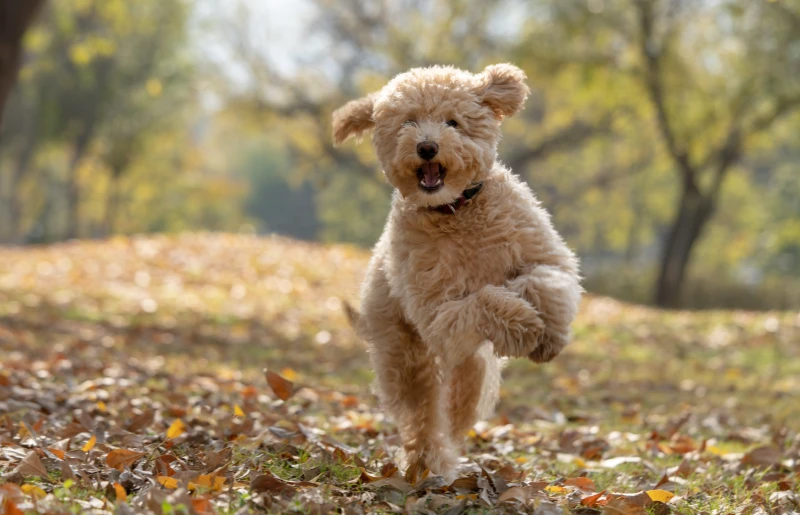
5. Playfulness
Dogs are naturally playful creatures, and chasing is often a part of their play repertoire. They might chase you, other pets, or even their own tails just for the sheer fun of it. However, while playfulness is generally a positive trait, it’s crucial to teach your dog to play safely and respect boundaries, especially when interacting with people who may not appreciate being chased.
6. Training Issues
Sometimes, a dog’s chasing behavior is simply a result of inadequate training. If a dog hasn’t been taught that chasing people is inappropriate, they might continue to do so. Proper training is critical in curbing this behavior, and a well-trained dog is more likely to behave appropriately around others. If you’re struggling with training issues, don’t hesitate to seek help from a professional dog trainer or behaviorist.

Tips for Stopping Your Dog’s Chasing Behavior
Dogs have a natural propensity to chase, whether it’s a squirrel in the park or a jogger on the street. While this behavior is often harmless and playful, it can sometimes lead to potentially dangerous situations. Here are ten research-backed tips to help curb your dog’s chasing behavior:
1. Understand the Cause
Before you can effectively stop your dog’s chasing behavior, it’s important to understand why they’re doing it. Are they acting out of fear, asserting their territory, or simply playing? Understanding the root cause can guide your training approach.
2. Consistent Training
Consistency is key when it comes to training your dog. Use commands like “sit,” “stay,” or “leave it” consistently and reward your dog when they obey. This will help them associate obedience with positive outcomes.
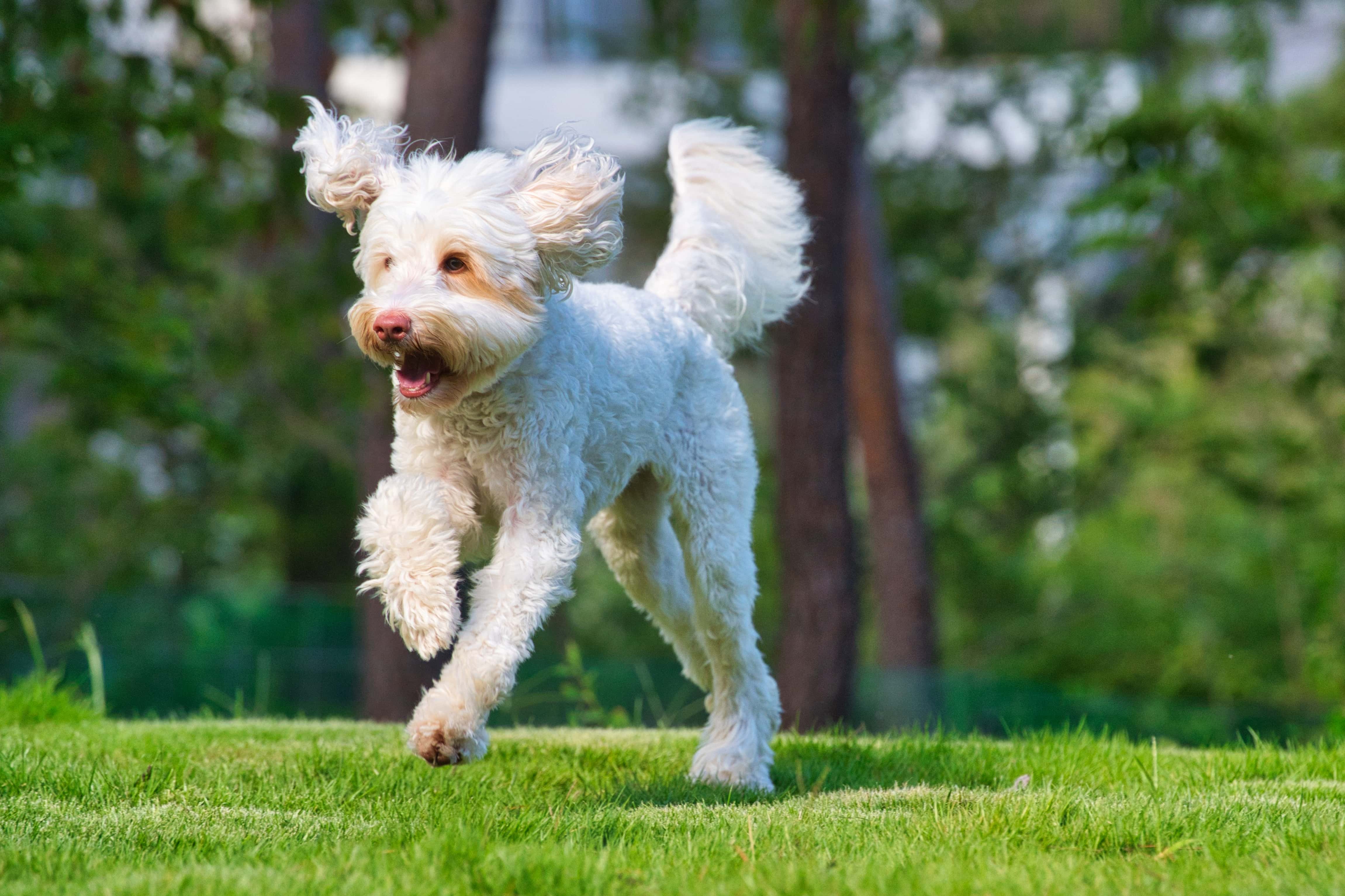
3. Use Distractions
If your dog starts to chase, try distracting them with a toy or treat. The goal here is to redirect their attention away from the object of their pursuit.
4. Exercise Regularly
Regular exercise can help manage your dog’s energy levels and reduce their desire to chase. Try incorporating activities like fetch or tug-of-war into your dog’s daily routine to keep them mentally stimulated and physically tired.
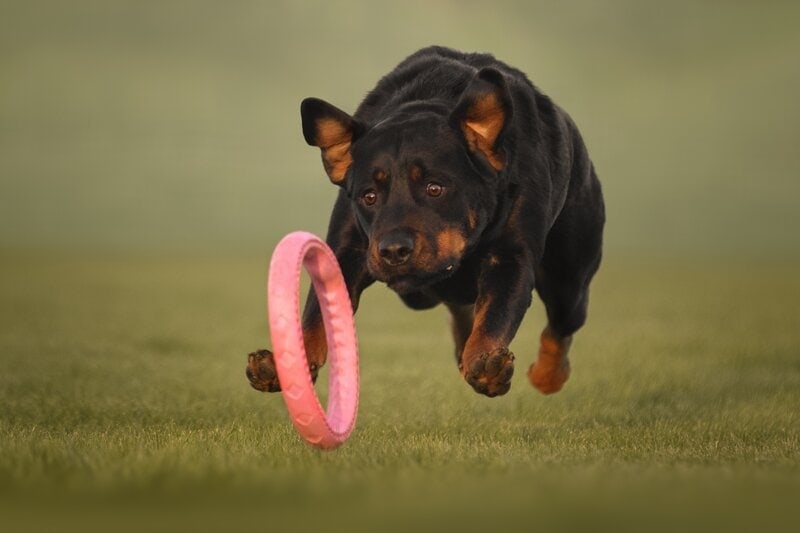
5. Socialize Your Dog
Socializing your dog with other animals and people can help reduce their urge to chase. Regular exposure to different environments and situations can help them become more comfortable and less reactive.
6. Leash Training
Train your dog to behave well on a leash. This can give you more control when your dog gets the urge to chase, especially in public places.
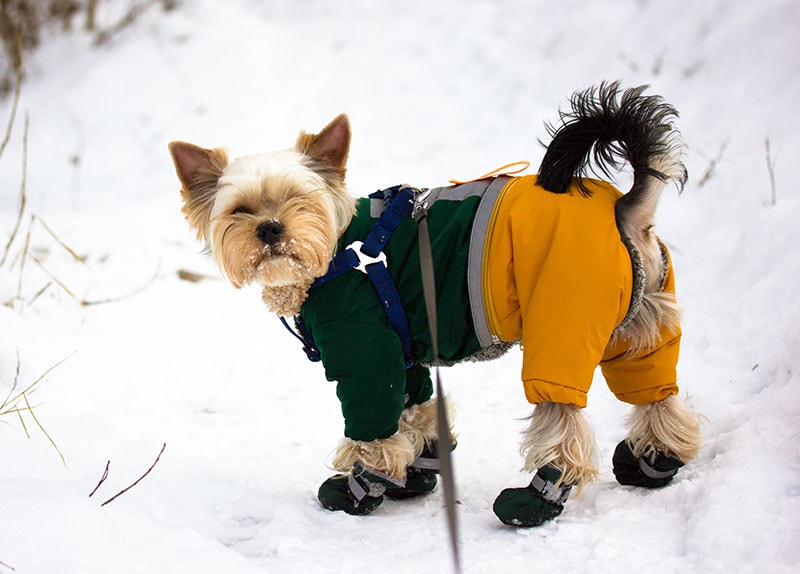
7. Create a Safe Space
If your dog chases due to anxiety or fear, creating a safe, quiet space at home where they can retreat can help them feel more secure.
8. Professional Help
If your dog’s chasing behavior persists or becomes aggressive, consider seeking help from a professional dog trainer or behaviorist. They can provide specialized techniques and strategies tailored to your dog’s needs.

9. Positive Reinforcement
Always use positive reinforcement in your training. Rewarding good behavior is more effective than punishing bad behavior. Treats, praise, and petting can all serve as positive reinforcement.
10. Patience Is Key
Every dog is unique and what works for one might not work for another. It’s about finding the right combination of techniques that work for your furry friend. With patience, consistency, and a lot of love, you can help curb your dog’s chasing behavior and ensure their safety and well-being.

Other FAQs About Chasing Behaviors
Q: Can any breed of dog develop a habit of chasing people?
A: Yes, any breed can develop this habit, although it’s more common in certain breeds such as herding or hunting dogs.
Q: Is it harmful for dogs to chase people?
A: It can be if it’s not managed correctly. It’s important to ensure that your dog knows when it’s appropriate to chase and when it’s not.
Q: Why does my dog chase their tail?
A: This is usually just playful behavior, but in some cases, it can indicate a medical issue.
Q: Why does my dog chase me when I run?
A: This could be due to their prey drive, or they might just think it’s a fun game.
Q: Why does my dog chase other animals?
A: Again, this is likely due to their prey drive. It’s a natural instinct for dogs to chase smaller, fast-moving animals.
Final Thoughts
Understanding why dogs chase people can provide valuable insights into their behavior. Whether it’s due to instinct, fear, or simply an excess of energy, recognizing these patterns can help us create a more harmonious relationship with our canine companions. It’s a reminder that even in our modern world, dogs still carry with them the behaviors and instincts of their ancestors.
- Related Read: Why Do Dogs Chase Shadows? Instinct & Behavior Explained
Featured Image Credit: Casper Coomans, Unsplash
Contents
- Understanding Your Dog’s Chasing Behavior
- The 6 Reasons Dogs Chase People
- 1. Prey Drive
- 2. Herding Instinct
- 3. Territorial Behavior
- 4. Fear or Anxiety
- 5. Playfulness
- 6. Training Issues
- Tips for Stopping Your Dog’s Chasing Behavior
- 1. Understand the Cause
- 2. Consistent Training
- 3. Use Distractions
- 4. Exercise Regularly
- 5. Socialize Your Dog
- 6. Leash Training
- 7. Create a Safe Space
- 8. Professional Help
- 9. Positive Reinforcement
- 10. Patience Is Key
- Other FAQs About Chasing Behaviors
- Q: Can any breed of dog develop a habit of chasing people?
- Q: Is it harmful for dogs to chase people?
- Q: Why does my dog chase their tail?
- Q: Why does my dog chase me when I run?
- Q: Why does my dog chase other animals?
- Final Thoughts

